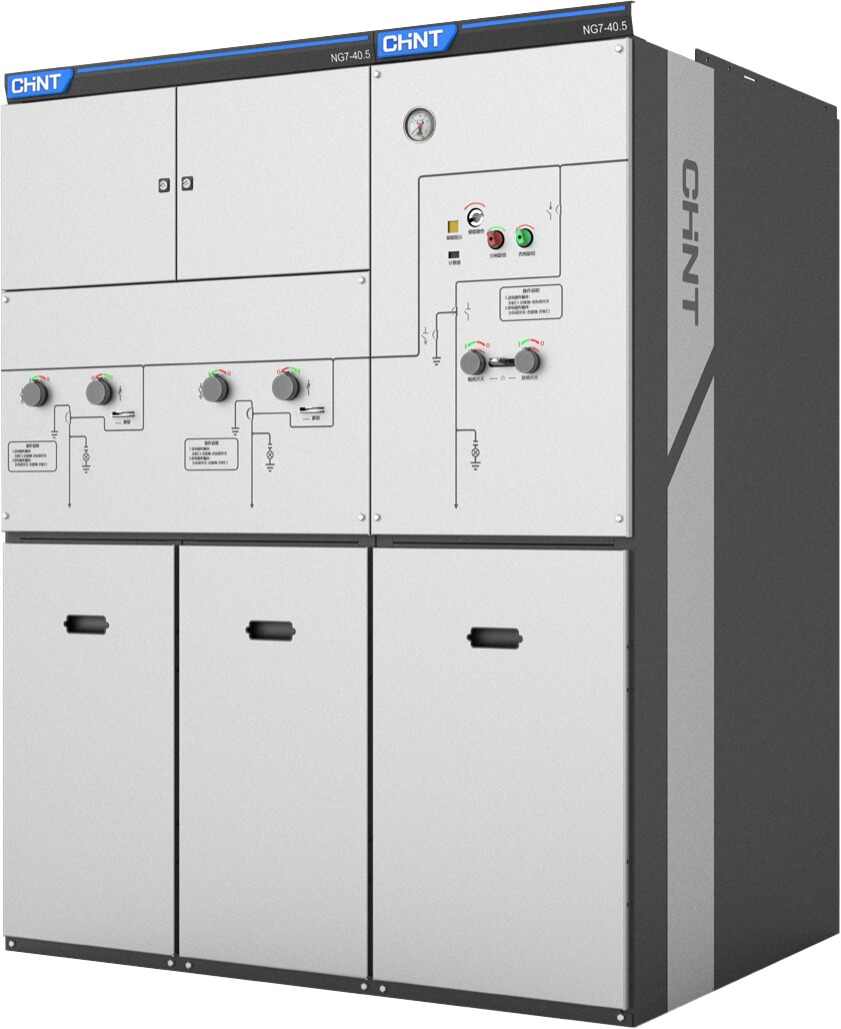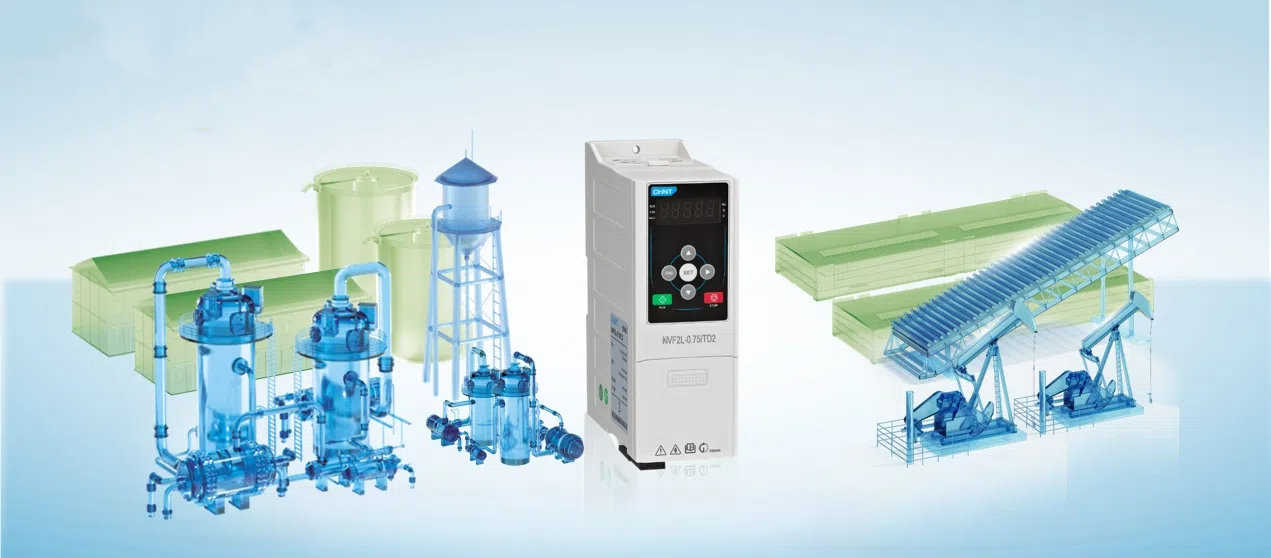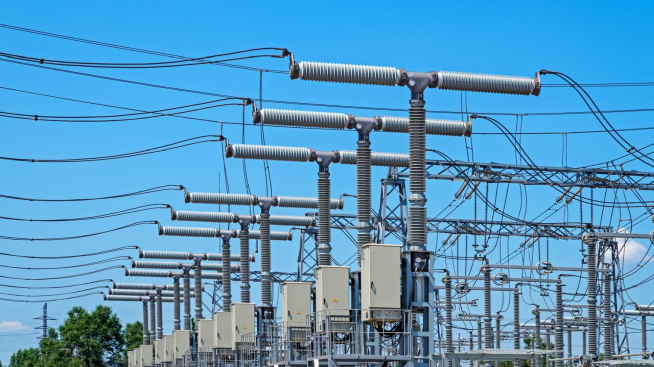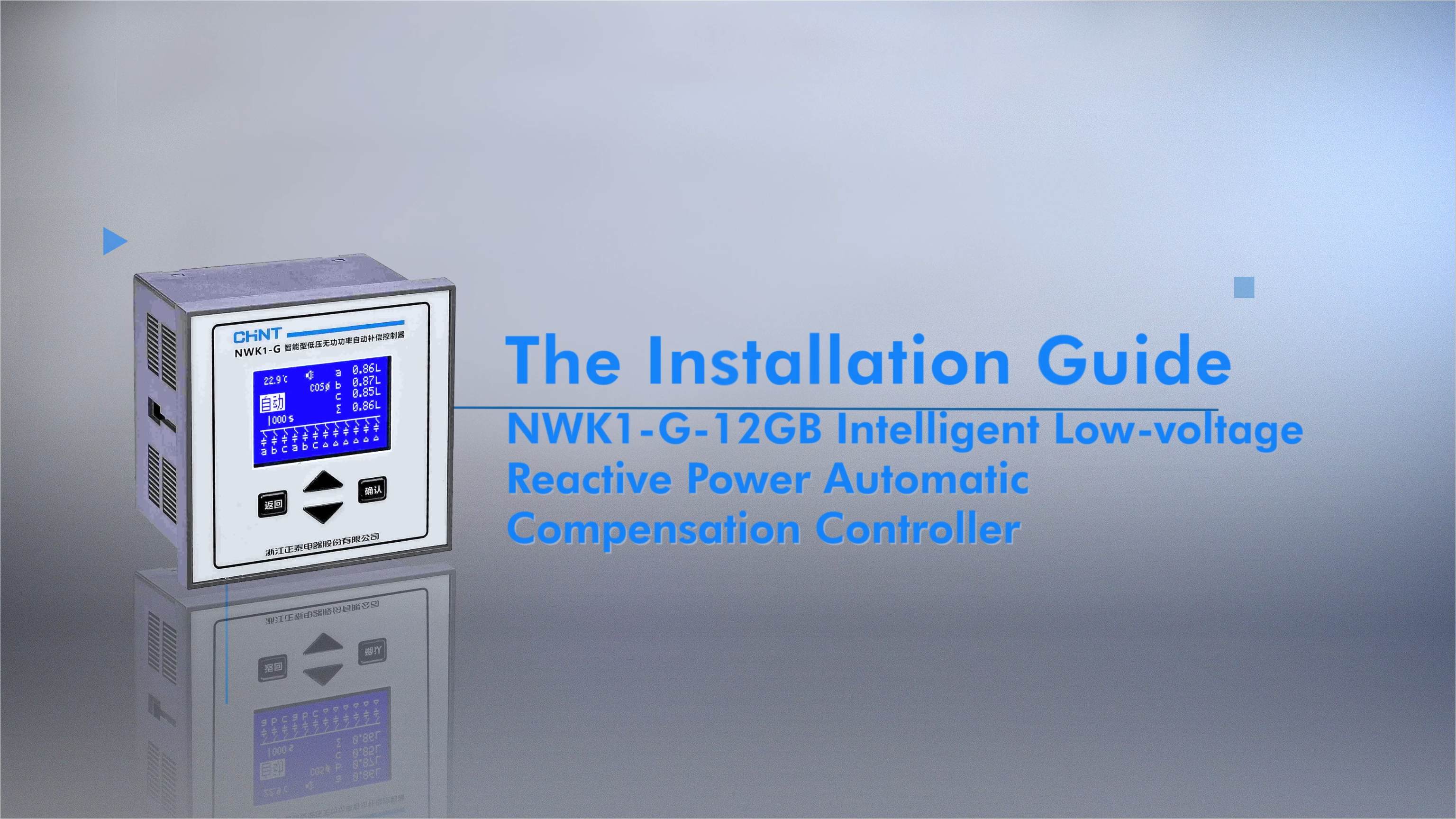Table of Contents |
An RMU, or ring main unit, is a type of medium-voltage switchgear. It consists of one or more circuit-breaker units with associated disconnectors, earthing switches, and instrument transformers. RMUs are commonly used in electrical power distribution systems. A notable application is in wind farms. An RMU distributes power from a wind turbine to outgoing power lines.
Typical RMUs in Wind Farms: Overview
A typical RMU is installed in the prefabricated substation next to the wind turbine tower. It is on ground level. This placement works well for smaller capacity turbines that have relatively lower power outputs. However, as turbine capacities increase to generate more renewable energy, cable costs and electricity losses also rise substantially.
Larger, multi-megawatt turbines require cables with larger cross-sectional areas. Moreover, higher currents result in significantly greater resistive heating effects. This is because electricity is transmitted over long distances to the LV switchgear. This escalates losses during transmission and poses risks such as cable overheating.
The top-mounted transformer provides a solution to optimize distribution networks for higher-capacity turbines. Its installation involves combining the RMU internally with the wind turbine tower. In this way, low voltage cable lengths are significantly reduced compared to conventional ground-level placements. This minimizes infrastructure expenses and lowers transmission losses.
Tower RMU: Overview and Benefits
The tower RMU offers many benefits. These include (but not limited to) the following:
1. Save Space and Costs
A tower ring main unit minimizes land and infrastructure usage compared to conventional ground-mounted switchgear. It also significantly reduces cable trenching, lowering material expenses. Shorter cable runs mean smaller cable lengths and lower costs.
2. Reduce Electricity Loses
Locating the transformers near the power generation source leads to much shorter low voltage cable runs. This substantially decreases resistive losses during transmission to the farm substation. It enables more cost-effective energy delivery.
3. Reduce Environmental Impact
Tower RMUs benefit from the protective environment provided by the tower’s design. This enclosure shields the RMU from direct exposure to harsh elements such as intense sunlight, heavy rainfall, and extreme temperature fluctuations, which can degrade the equipment over time.
4. Fast Installation
A tower ring main unit integrates gas insulated switchgear, protection, and transformer functions compactly within the tower structure. This modular design allows quick on-site assembly and commissioning for reduced downtime and installation costs.
CHINT Provides Reliable Tower RMUs
As a global leading smart energy solutions provider, CHINT has been focusing on green energy for several decades. We seize new opportunities in digitalization and decarbonization to build innovative products like tower RMUs. Our tower ring main unit is a compact, prefabricated MV switchgear unit suitable for installation within wind towers. Some of its key advantages include:
Compact Size
At just 500mm wide and 1.6m tall, our 40.5kV tower RMU takes up minimal interior space within wind turbine towers. It is the smallest in the wind power industry. Its compact dimensions allow for simple retrofitting inside existing infrastructure. The slimline design packs high switching capacity into a small footprint.
Easy Maintenance
The tower adopts a mechanical switching mechanism without relying on tools for routine access. Its plug-in cable interface means compartments can be opened in minutes for routine visual inspections or cable changes. No special training or equipment is needed for fast, low-risk servicing. The intuitive layout also improves maintenance safety.
High Corrosion Resistance
Our industry-leading zinc-nickel alloy coating and sealing processes ensure excellent resistance to corrosion in the harshest environments. Both external sheet metal casings and internal components can withstand a corrosion test of up to 480 hours. They withstand prolonged oxidation and corrosion testing to Grade C5 standards. The robust galvanized surface protects against damage from pollutants, humidity, and drastic temperature swings typical at wind turbine tops. It is coated with 40 micrometers of galvanized layer. The 120-micrometer spray coating meets the Grade 5 requirement for long-lasting reliability.
Conclusion
RMUs play a crucial role in managing medium voltage distribution from a wind farm to power lines effectively. Tower ring main unit solutions provide optimized cable sizing and routing to reduce costs, electricity losses, and environmental impacts. As a reliable and experienced industrial switchgear manufacturer, CHINT offers high-quality tower RMUs. With quality solutions like this, we help wind farm owners transition to higher-capacity turbines seamlessly. Visit our website and learn more about how our innovative solutions can upgrade your assets profitably and sustainably for a greener future.




 in Wind Power Industry-20240909-1.png)
 in Wind Power Industry-20240909-2.png)









